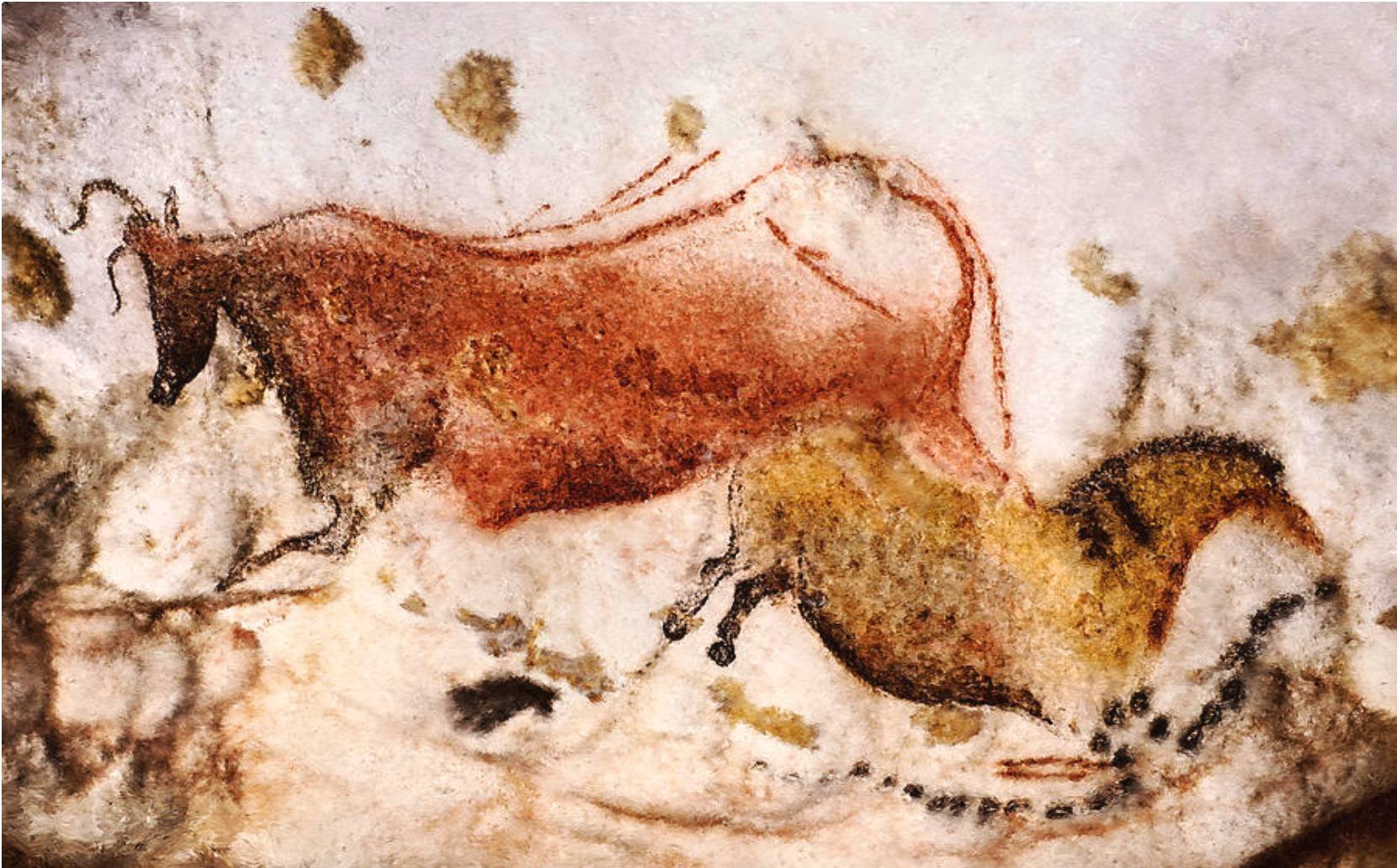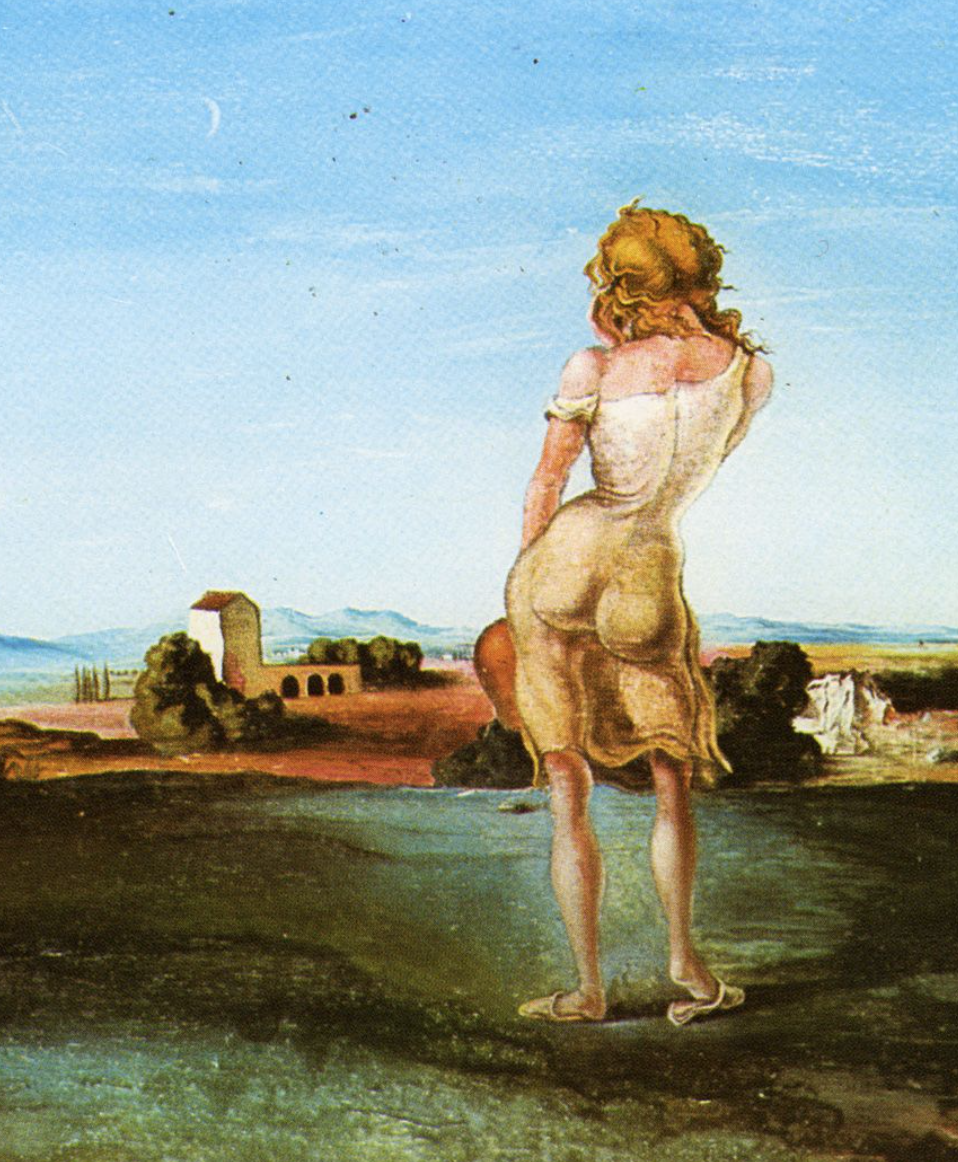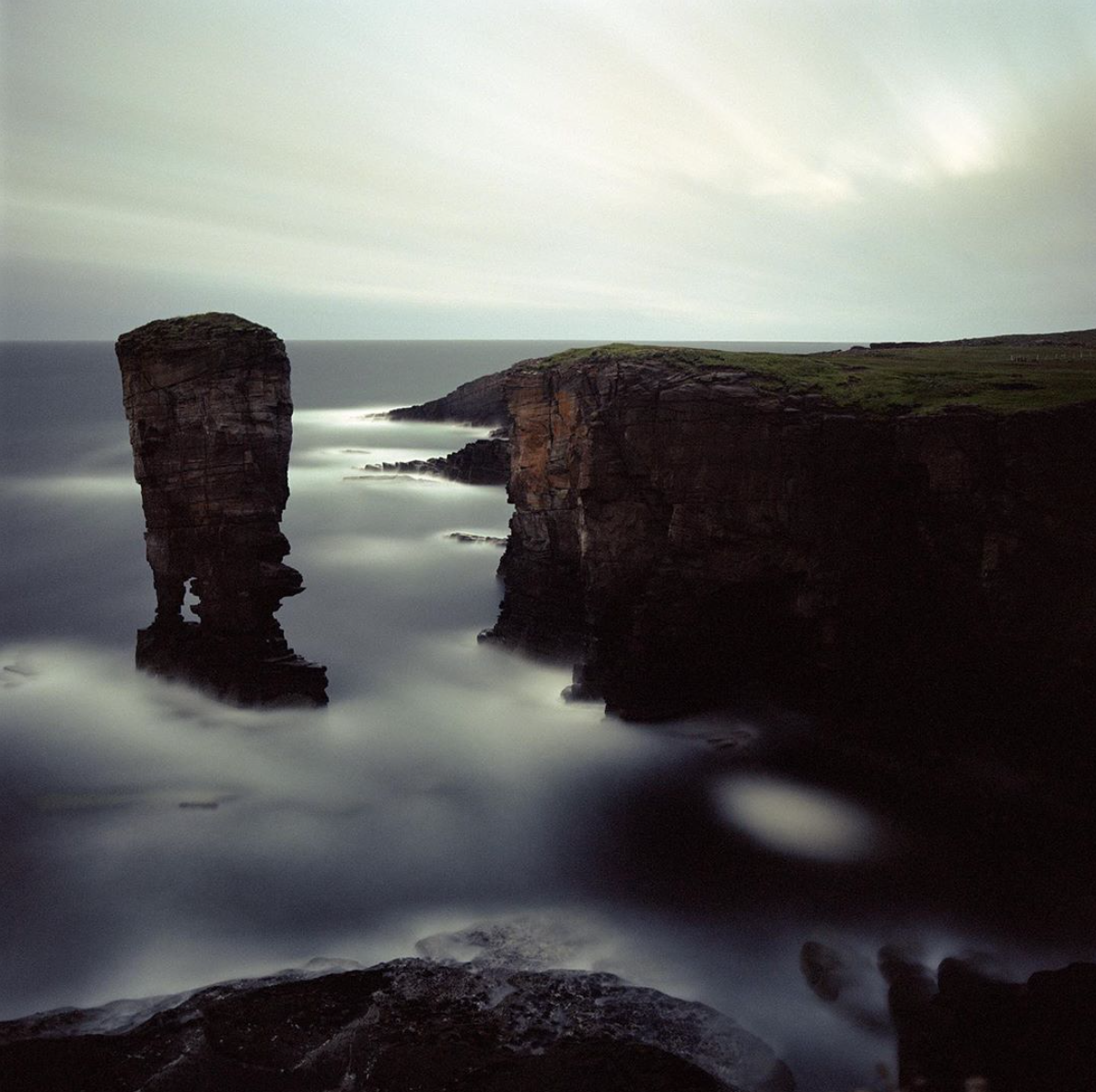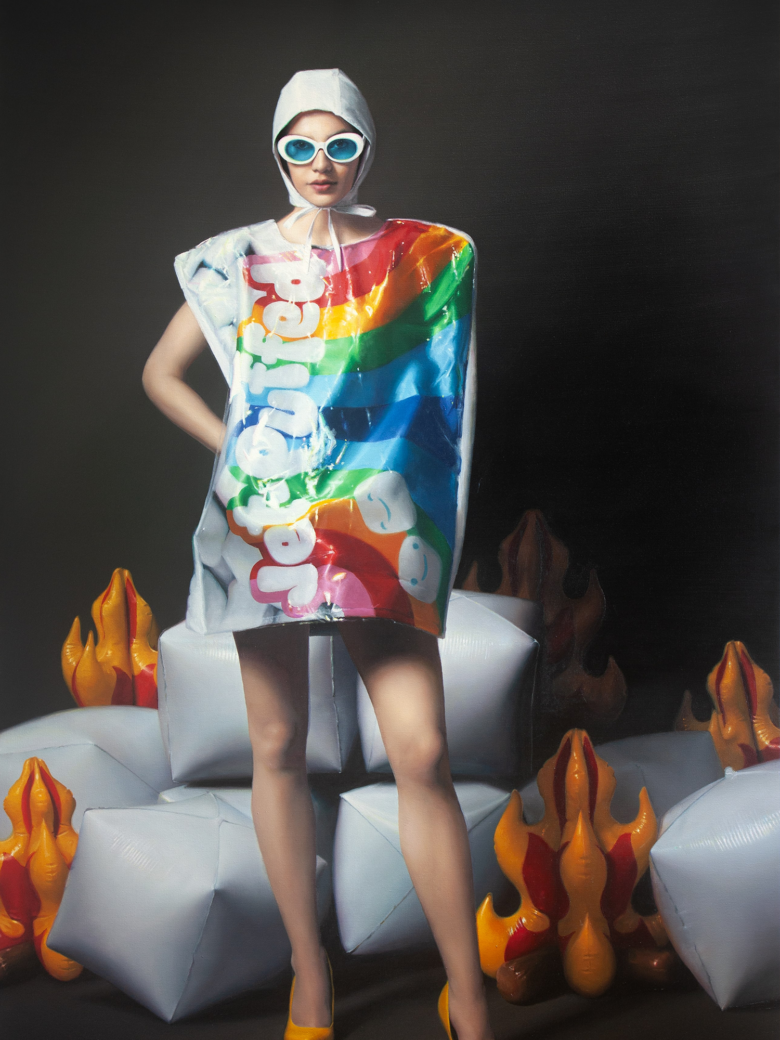Art and music inspired by the Moon; before and after Apollo 11
Throughout history mankind has been absorbed by the beauty and mysteries of the Moon, not only has it influenced science, but artists and musicians alike have used their craft to interpret and comprehend our celestial neighbour.
Saturday, July 20 marks the 50th anniversary of Apollo 11’s moon landing, the giant step for mankind would change how we view the world forever – No one had seen what our planet looked like from space before, for many it was a shift in awareness to recognising the vulnerability of the world and the unimaginable size of the solar system.
Here are ten pieces of art and music influenced by the Moon, split into two sections; before the landing and after.

Prehistoric Luna Calender
One of the oldest signs of this obsession was dated 15,000 years ago, a lunar calendar found in prehistoric caves in Lascaux in France.
It’s an interpretative artwork using symbolic paintings to show the moon going through its different phases, groups of dots and squares painted among representations of bulls, antelope and horses depict the 29-day cycle of Earth’s satellite.
The Door’s Moonlight Drive
Considered to be one of first songs ever written by Jim Morrison, The Door’s Moonlight Drive was released in 1967 two years before Apollo 11’s landing.
According to Morrison’s biography, he wrote Moonlight Drive sat on a roof in Venice Beach in 1965. Later on in the day, he bumped into friend and future band member, Ray Manzarek and mumbled the chorus: “Let’s swim to the moon, let’s climb through the tide, penetrate the evening that the city sleeps to hide.” Apparently, Manzarek was so awestruck by the lines that he put forward the idea of starting a band, Morrison already had a name in mind – The Doors.
Frau im Mond
Frau im Mond (Woman in the Moon) was a silent film released in 1929 and was the first feature-length film to portray space travel in a serious manner. Frau im Mond, directed by Fritz Lang, is a story following an experimental mission to the moon in search of the theoretical stores of gold on the satellite.
The film’s protagonists, Erda Maurus and Willy Fritsch find themselves stranded when they finally reach their destination, trapped in a lunar labyrinth without walls – survival quickly becomes the new goal.
A modern tale, which foretold Germany’s wartime push into rocket-science and a hopeful depiction of mankind’s potential to space travel.
David Bowie’s Space Oddity
An absolute pinnacle when it comes to songs about space, David Bowie’s Space Oddity was released five days after Apollo 11 launched.
The song became the unofficial soundtrack to space-obsessed people in 1969 and still today. Space Oddity was Bowie’s first hit single and remains to be one of his most well-known tracks, it was also an introduction to his character Major Tom.
Chris Hadfield, an actual astronaut, recorded his own version, with the go-ahead from Bowie, while in orbit!

Salvador Dali’s Girl with Curls
Salvador Dali’s Girl with Curls, painted in 1926 three years before his involvement in the surrealist movement, presents a mysterious and hallucinatory scene. The painting is regarded as a foreshadowing of his surrealist style that he is most known for.
The painting offers several ambiguous elements, it appears more like a dream rather than reality – a high sky and dramatic crescent moon, the scale of the building compared to the girl and the curves of her body are exaggerated. Throughout Dali’s work the moon was frequently used symbolically, a character of the feminine and a way of establishing the connection to night and hence the unconscious, dream-like state many of his paintings display.
David Bowie’s Starman
David Bowie has never truly been of this world, After Space Oddity he continued the intergalactic theme in his songs with Starman – which he continues throughout many of his songs, even in his final, formidable album Blackstar which was a reflection of his mortality.
Pioneering and beloved Starman was released in 1971, a milestone in his career. The song’s the lyrics describe Ziggy Stardust bringing a message of hope to Earth’s youth through the radio by an alien ‘Starman’.

Katie Paterson’s Light bulb to Simulate Moonlight
In the years that have passed the moon landing, artists influenced by the satellite became more contemporary and used technology. Katie Paterson’s Light bulb to Simulate Moonlight is a perfect example.
Created in 2008, the collection used spectral measurements of moonlight to a lightbulb, each set of 289 bubs provide a lifetime’s supply of moonlight.
Bjork’s Moon
Bjork looked no further to the nights’ sky for her song Moon, finding inspiration in the star constellations.
The singer’s muse has always been focused on the dystopian and future-facing, “We are the earth intruders, We are the earth intruders,” she sang at her Earth Intruders tour in 2007.

Darren Almond’s Fullmoon
Darren Almond’s work in THE MOON. From Inner Worlds to Outer Space, used photography to show different landscapes lightened by the moon, first showcased in 2007. As technology advanced artists have been able to use different means to not only express their interpretations but also create pieces that can manipulate reality to transform landscapes into extraterrestrial terrain.
THE MOON. From Inner Worlds to Outer Space used art, film music, literature, architecture, cultural history, design and natural science to present a diverse portrait of our closet neighbour in the sky.
Brian Eno’s An Ending (Ascent)
Throughout recent history man has used music to interpret the awe and mystique the moon represents, famously throughout classical and opera during the 1700 and 1800s, creating a poetical character for the moon in the many different tales and scores.
After the moon landing the poetical theories of the moon almost disappeared, now many ambient music artists have collaborated with orchestras to express the sheer extent of space to the human mind and also form a way of comprehending its workings without having to understand equations.
Brian Eno’s An Ending (Ascent) is a beautiful track, it evokes endless space and a sense of calm and serenity, it has been hugely influential in ambient music ever since. Eno remembers watching the moon landing aged 21, he spotted one thing that was missing – a suitable soundtrack to match the iconic imagery, it was this that influenced his entry in ambient music.

